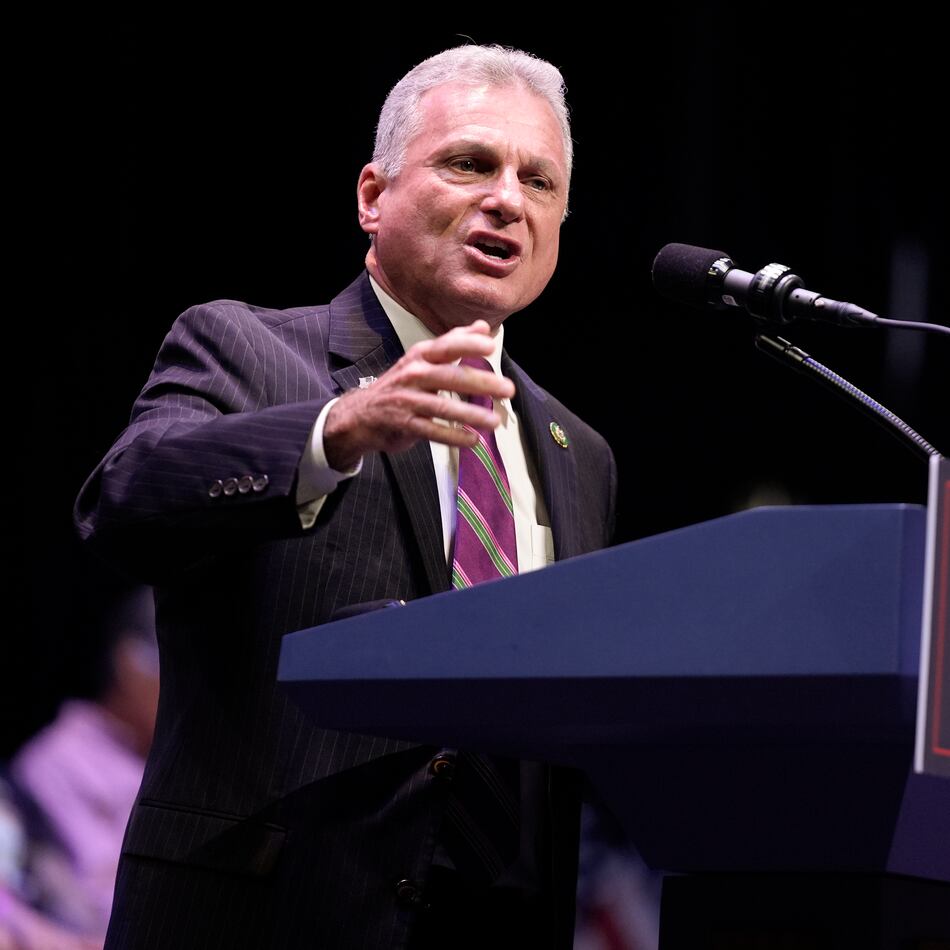Gordon Rogers wanted to become the Flint Riverkeeper for two reasons: He understood the significance of the river’s system in impacting river flow policies across the state and because he saw passion in the people along the Flint.
“The people were so impossibly in love with their river,” Rogers said.
He knew he’d have support stretching from metro Atlanta, where the Flint originates, all the way to southwest Georgia, where it joins the Chattahoochee River at Lake Seminole.
The Riverkeeper, which is celebrating its 15th anniversary, is essentially Civics 101, Rogers said. The organization protects and advocates for the health of the Flint River by working with all three branches of government, all levels of government and the free press.
“We try to use these tools creatively and consistently,” he said. “We don’t go to the legislature if we already have a good law; we don’t ask for enforcement from the executive branch if we can have a productive conversation with a polluter, and we don’t go to court right off the bat.”
The mission is to ensure there’s enough water in the river and that it’s clean enough for everybody to use, whether it’s people who make a living off the river or those who use it for pleasure, Rogers said, noting that the Riverkeeper’s office focuses on four things: flow, cleanliness, access and keeping the public informed and engaged.
Rogers took the position in November 2009 — a little over a year after the Riverkeeper’s office was established in June 2008. He’d served as the Riverkeeper for the Satilla River in southeast Georgia since 2004.
The Flint was similar to the Satilla in that much of the areas surrounding it are rural; however, it has about 650,000 people in the upper part of its watershed and southwest metro. The Satilla has just about 180,000 people around it, Rogers said.
He embraced the challenge — learning how to work with diverse communities.
“That learning curve with science and economics and culture and personalities was just finding ways of relating to people and making sure that the relationships were productive,” Rogers said.
David Dixon, the Flint Riverkeeper’s board president, spends much time paddling along the Flint and its tributaries. The beauty of the river, from top to bottom, is unmatched, he said.
“The more I was able to paddle on it, walk along, swim in the creeks and talk to people, the more enamored I became with the river,” Dixon said.
He joined the board after Rogers became Riverkeeper. In Rogers, he saw a figure that could connect with all beneficiaries of the river — environmentalists, farmers, fishermen, a member of the Muskogee tribe and everyone in between.
All of these folks make up the Flint Riverkeeper Board as well, which Dixon said leads to a diverse array of opinions and ideas. The board steers clear of politics and focuses on clean water.
The health of the river is important to everyone, he said.
In May 2008, Charles Stripling was invited to a meeting at Lake Blackshear in Cordele to discuss concerns for the Flint River and the creation of a Riverkeeper’s office.
There were about 30 people at that first meeting. Of that 30, about 10 actually wanted to move forward with starting the Riverkeeper. Stripling, a Camilla landowner along the river, was one of them.
It was a challenging time to start something that needed funding because of the 2008 recession. There was also a wariness of environmental organizations taking stances that lean too far to one side of the political spectrum, Stripling said.
Credit: David Dixon
Credit: David Dixon
Founding members were careful to push the idea that the Riverkeeper would be representative of all beneficiaries along the Flint. They even had former President Jimmy Carter at an early meeting to boost public support for the creation of the Riverkeeper. He addressed the crowd about his work to keep the Flint River from being dammed in the 1970s. That work reaches its 50th anniversary this year.
Those who stuck around saw the value in the Riverkeeper’s Office.
“We were environmentally conscious people, but we were also property owners,” Stripling said. “We wanted to steer the course of what you might say is moderate environmentalism.”
The Flint Riverkeeper has influenced policy change, prevented or addressed pollution issues all along the Flint and brought more people onto the river.
It stopped dams from being built along the upper and middle Flint, allowing the river to remain one of only 40 rivers in the U.S. with more than 200 unimpeded miles of flow. It’s worked with multiple counties and cities, wastewater treatment plants and utilities authorities to urge them to upgrade plants to better protect the river.
Since 2008, the Riverkeeper’s office has had 337 public presentations and appearances, 43 testimonies before public officials and more than 1,500 paddlers placed and guided on the Flint and its tributaries. It’s also increased its budget from $115,000 to more than $500,000.
But both Rogers and Dixon would agree the greatest success along the Flint has been working to find a remedy for the Albany combined sewer overflow situation without litigation.
Albany operates on a combined sewer overflow system through which stormwater and wastewater are collected into a single pipe. The pipes can have too much water running through them during extended rainfall, causing some of it to be discharged into the Flint.
2017 saw an influx of failures in Albany’s sewer system, where raw sewage was being pumped into the river.
“That’s when we pounced,” Dixon said.
The Riverkeeper’s office took the opportunity to address concerns over the failing infrastructure with city leadership and the sewer authority. It pushed city officials to remedy the issue and even threatened legal action; however, it avoided the courts and helped the city find a solution.
In 2020, the city was issued an Environmental Protection Division directive requiring 85% of combined sewer flow go to a treatment plant by 2025. Currently, a more than $100 million project to separate the stormwater and sewage systems is in progress.
Since its creation, the Riverkeeper has gone through stages, Rogers said. Right now, it’s in the problem-solving stage, tackling larger pollution and flow problems.
The Riverkeeper is working to “put water back in the river” in the southwestern region. There is a lot of water taken out of the upper Flint for municipal and residential use, Rogers said. Much of the piping and infrastructure is outdated, and that water could be redirected back to the south.
Down south, farmers use water from the Flint for irrigation. They don’t take more than they need, and the southwest portion of the Flint is lucky to sit on top of the Floridan aquifer, which constantly recharges the river, he said.
Still, the Riverkeeper is working on innovative technologies that will lead to agricultural efficiency. In east Albany, the Riverkeeper is working on ways to restore the flow to Radium Springs, a spring that pumps 70,000 gallons of clear water per minute from an underground cave. It’s one of Georgia’s Seven Natural Wonders. This is one of the projects Rogers is most excited for.
Dixon says he hopes one day people can enjoy swimming in the spring again.
Ultimately, the Riverkeeper helped the various communities and economic interests along the river better understand their relationship to the water, Rogers said. Everybody knows they need water but not everybody understands how they affect water.
That’s intertwined in helping craft solutions to water problems in partnership with the folks the organization has relationships with — whether it be in the urban areas of southwest Atlanta or in the farming communities at the middle and southern portions of the Flint, he said.
“With these relationships, you begin understanding everyone’s perspectives,” Rogers said. “That’s why we’re able to solve all these problems as well as see others over the horizon and make sure we’re ready for them.
Credit: Albany Herald
Credit: Albany Herald
MEET OUR PARTNER
Today’s story comes from our partner, The Albany Herald. The Albany Herald publishes daily in print and online at albanyherald.com, providing coverage of community news, events, and sports in Southwest Georgia.
If you have any feedback or questions about our partnerships, you can contact Senior Manager of Partnerships Nicole Williams via email at nicole.williams@ajc.com.
About the Author
The Latest
Featured





